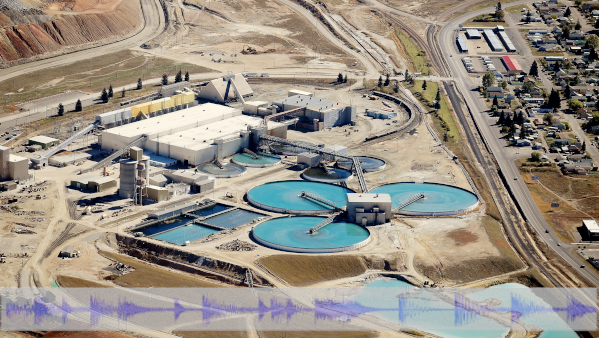
cypruswell
Literature for everyoneMaximizing Sustainability: A Comprehensive Guide to Tailings Management Practices
Tuesday , 7, May 2024 Business and Management Leave a comment
As environmental concerns continue to grow, the mining industry is under increasing pressure to adopt sustainable practices, particularly in the management of tailings. Tailings are the waste materials generated during the extraction of minerals from ore, and their proper management is crucial to minimize environmental impact and ensure the long-term sustainability of mining operations. This comprehensive guide explores various tailings management practices that can help maximize sustainability in the mining industry.
Understanding Tailings
Before delving into tailings management practices, it is essential to understand what tailings are and why they pose environmental risks. Tailings are the byproducts of mining operations and typically consist of finely ground rock, water, and chemicals used in the extraction process. When not properly managed, tailings can contaminate soil, water sources, and air, leading to environmental degradation and health hazards.
Characteristics of Tailings
- High water content
- Chemical reagents
- Fine particles
- Potentially toxic elements
Environmental Risks
- Water contamination
- Soil degradation
- Air pollution
- Habitat destruction
Best Practices in Tailings Management
Several innovative practices can help mining companies effectively manage tailings and reduce their environmental footprint. By implementing these best practices, mining operations can improve their sustainability performance and mitigate the risks associated with tailings disposal.
Thickened Tailings Disposal
- Enhances water recovery
- Reduces the risk of tailings dam failures
- Requires less land for disposal
Dry Stack Tailings
- Minimizes water usage
- Eliminates the need for tailings dams
- Reduces the risk of water contamination
Geotechnical Considerations
- Stability analysis of tailings dams
- Seismic risk assessment
- Monitoring of tailings properties
Technological Innovations in Tailings Management
Advancements in technology have enabled mining companies to adopt more sustainable practices in tailings management. From remote monitoring systems to advanced filtration techniques, these innovations are helping improve the efficiency and effectiveness of tailings management processes.
Remote Monitoring Systems
- Real-time data collection
- Early detection of issues
- Improved decision-making
Filtered Tailings Technology
- Reduces water consumption
- Minimizes tailings footprint
- Enhances tailings dewatering
Integrated Tailings Management Solutions
- Combines thickened tailings and filtered tailings
- Optimizes tailings disposal processes
- Maximizes water recovery
Regulatory Frameworks and Compliance
Compliance with regulatory requirements is essential for ensuring the responsible management of tailings. By adhering to specific guidelines and standards set by regulatory bodies, mining companies can demonstrate their commitment to environmental stewardship and sustainability.
International Standards
- ICMM Tailings Management Principles
- Global Industry Standard on Tailings Management
- ISO 14001 Environmental Management System
Government Regulations
- Environmental Impact Assessments
- Tailings dam safety regulations
- Water quality standards
Conclusion
Effective tailings management is crucial for the long-term sustainability of mining operations. By implementing best practices, leveraging technological innovations, and ensuring regulatory compliance, mining companies can minimize their environmental impact and maximize their sustainability performance. It is imperative for the industry to prioritize responsible tailings management to protect the environment, communities, and future generations.
Please give us your valuable comment
You must be logged in to post a comment.